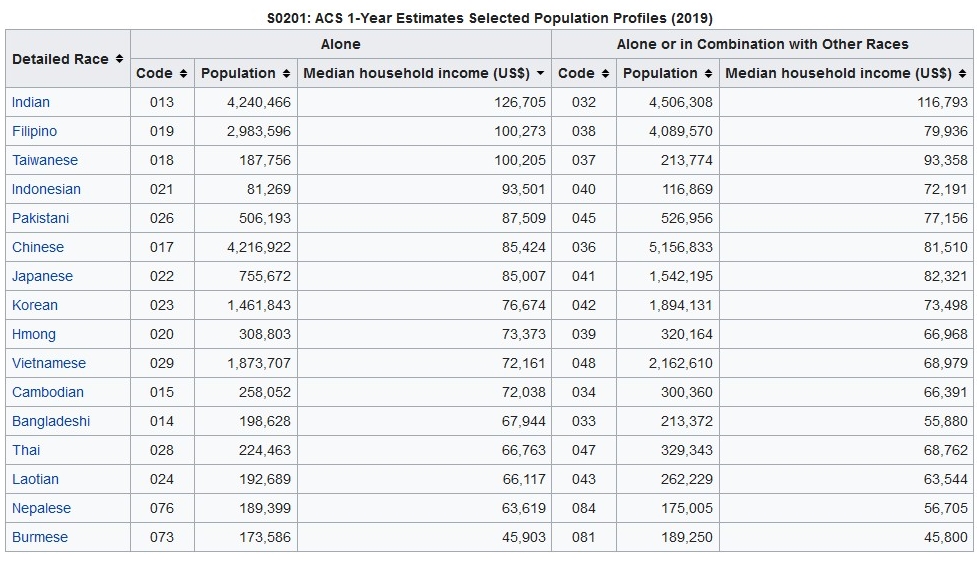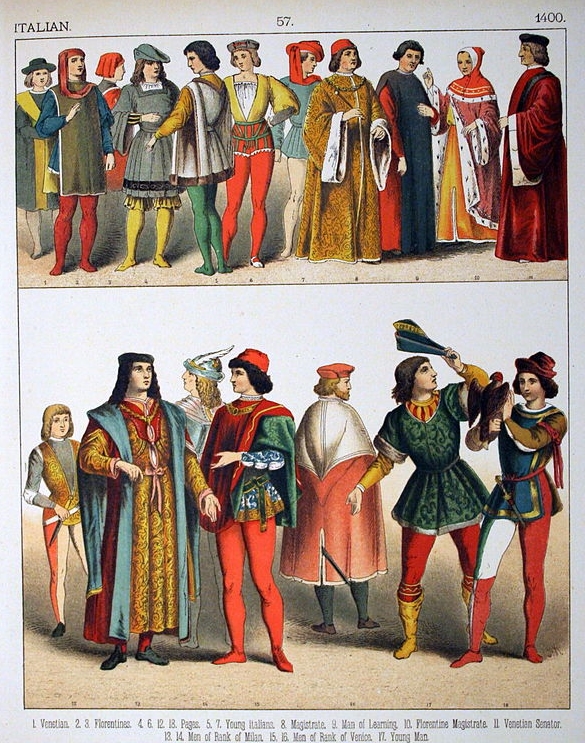Don’t overlook social stratifications
This is a just a brief, minor note about an aspect of human populations that seems to be overlooked much of the time in popular discourse, namely the existence within countries of distinct strata of individuals. In discussions about the United States, this stratification is less overlooked, given the country’s huge African-derived population, its more recent Latino and Asian influxes, and its intense political and cultural focus on racial identity (for nonwhites anyway). But most other countries, and occasionally even the US, are treated as if their populations could be summed up in simple averages. My point here is merely that for stratified societies, this averaging will often be misleading, making it hard to understand phenomena such as the relative performances of emigres, or national achievements in particular fields.
The example that triggered this short train of thought is the “national IQ” comparison favored by HBD aficionados. Here is part of a typical national IQ chart:


Source: worldpopulationreview.com
Now consider the following chart from Wikipedia, showing the median household incomes of Asian-Americans. Note that the two top groups, numbering in the millions each, are Indian-Americans and Filipino-Americans, and that their median household incomes are quite a bit higher than that of Chinese-Americans.

This is not an ordering one would have predicted based on the national IQ chart. According to that chart, Filipinos and Indians have two of the world’s very lowest average IQs (~82 and ~76)—in fact, India’s score puts it below several sub-Saharan African countries. In contrast, the “Chinese IQ” is near the top at ~104.
Now of course there are at least several factors that could help explain this seemingly unexpected outcome. One, obviously—argued by many, though it’s beyond the scope here—is that “IQ” is not everything it’s cracked up to be. Another is that “national IQ” scores are inaccurate, or, at least, vary wildly in accuracy from one country to another. A third possibility is that some ethnic groups have had more time than others to build social capital and wealth in the Land of Opportunity. A fourth, a very well known phenomenon, is that the immigration process effectively tends to select for people of above-average drive and intelligence.
What I would like to add to this list of (non-mutually exclusive) factors is the simple observation that many societies around the world are highly stratified. This is due to the natural tendency of individuals to marry others of like educational background and socioeconomic status, such that the rich beget the rich, the poor beget the poor, the smart beget the smart and the dumb . . . well, you get the idea. India is one of the world’s most strongly and overtly stratified societies, with formal names for its social castes. The Philippines for its part is still notoriously feudal, with a thin but powerful politician/tycoon class (heavy with Spanish and Chinese blood), a small middle class, and a fertile majority of mostly ethnic Malay folk who exist more or less at rural African levels of development. China may be getting more stratified (a trend that worries its current leader Xi), but it still seems much less stratified than India or the Philippines—as a lingering effect of the Maoist decades, and probably also due to its greater racial homogeneity. (Published “Gini coefficient” estimates suggest that China has a lumpier wealth distribution than the other two, but long story short, I don’t have much faith in such estimates.)
The point, in any case, is that when it comes to comparisons of “nations” defined as immigrant populations of different national origin, one is comparing mainly the performance of the upper castes from those nations, not average citizens—and, roughly speaking, the upper castes of more stratified nations will tend to be further above their national averages, compared to the upper castes of less stratified nations.
This is true also in considering achievements in specialist fields, or feats where relatively small numbers of excellent individuals are needed. India, whose “average IQ” is about what one would expect of a high-performing person with Down Syndrome, has nevertheless produced a significant number of research Nobel Prize winners, certainly more than any other tropical nonwhite country.
By the same token, considering the performance of a country based on a metric, such as GDP, that covers* the entire population, is going to be misleading, in the sense that it obscures the differences—vast gulfs in many cases—between the benighted, down-in-the-mud lower castes and their wealthy, entitled, sharp-elbowed overlords.
That’s it. That’s the only point I wanted to make here.
***
